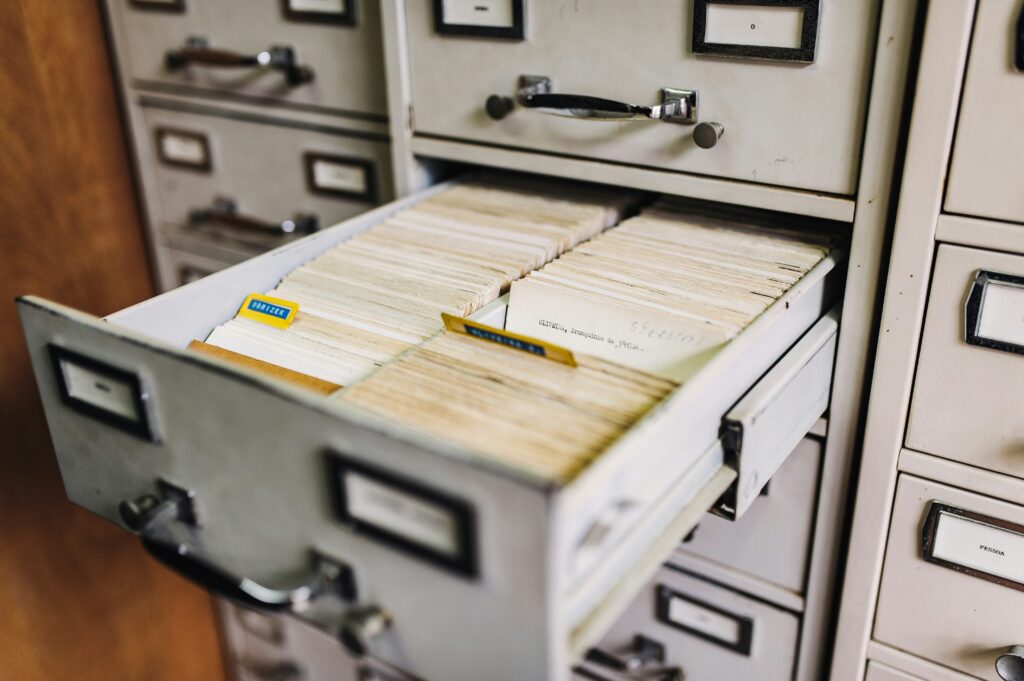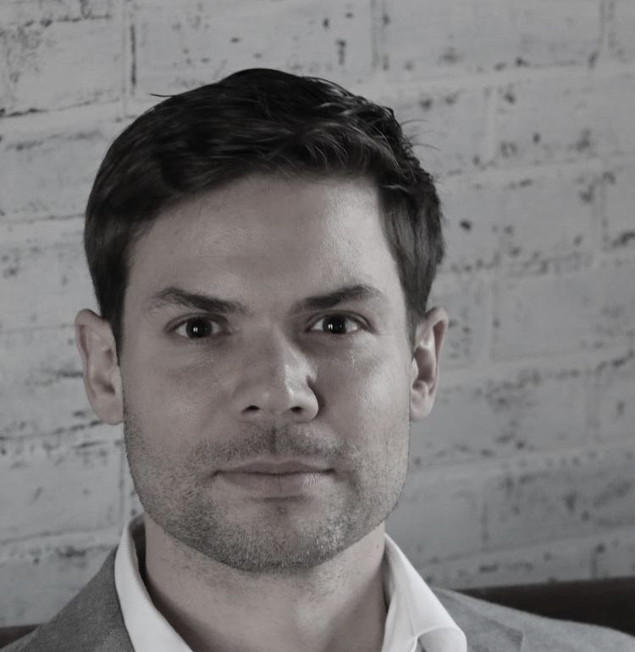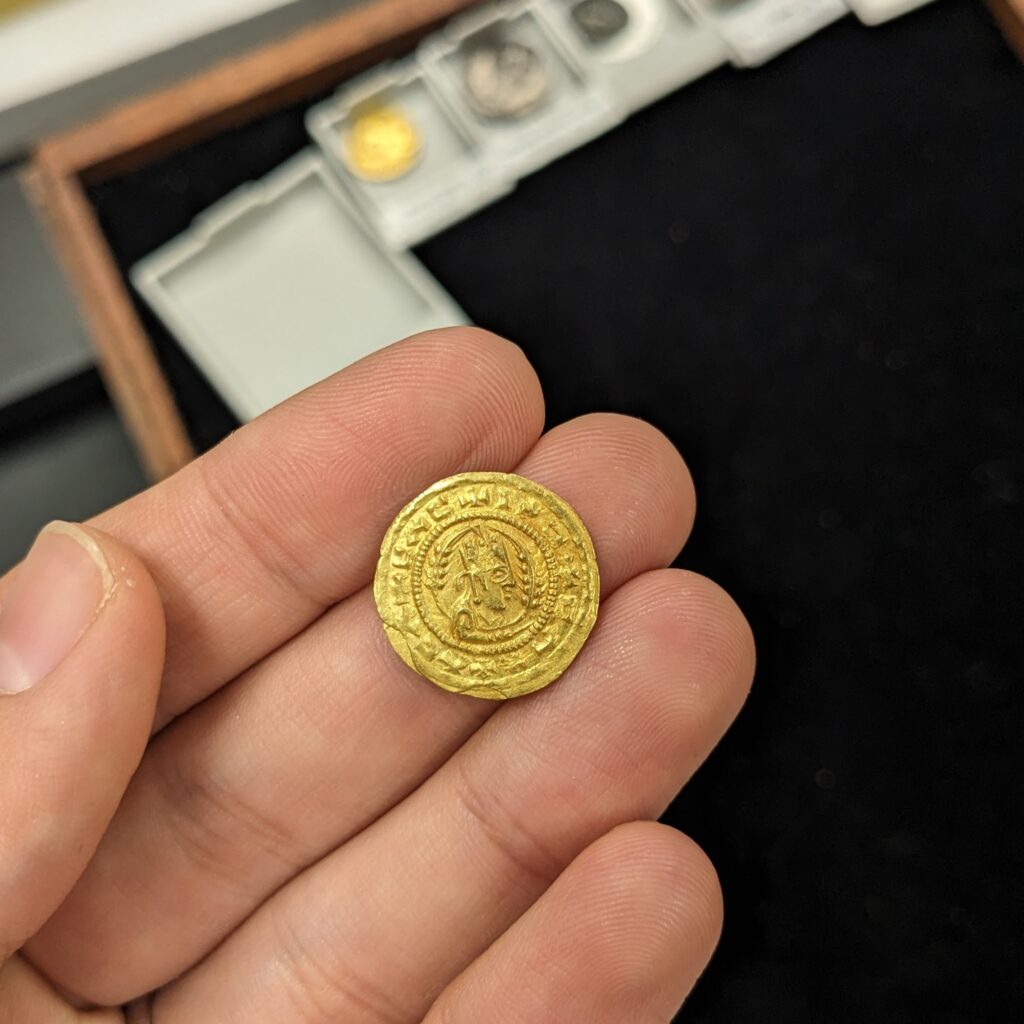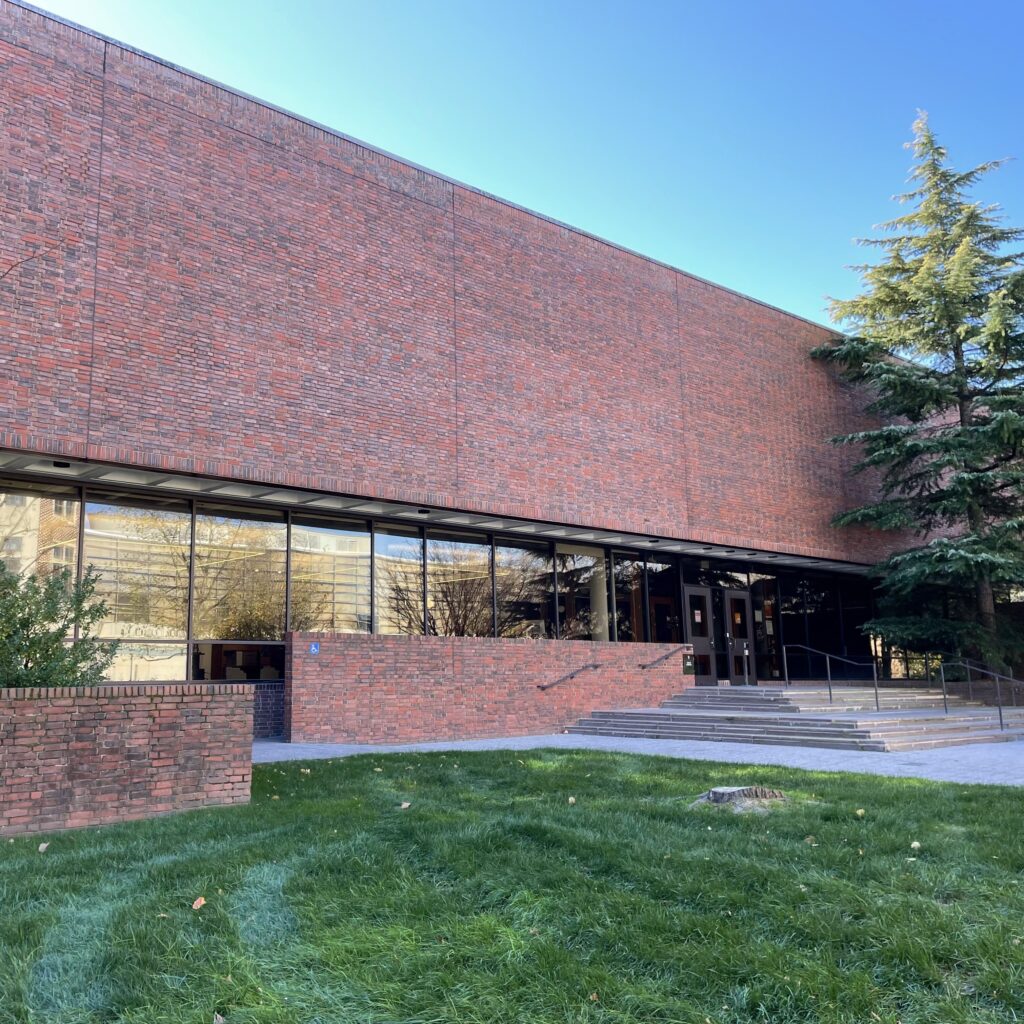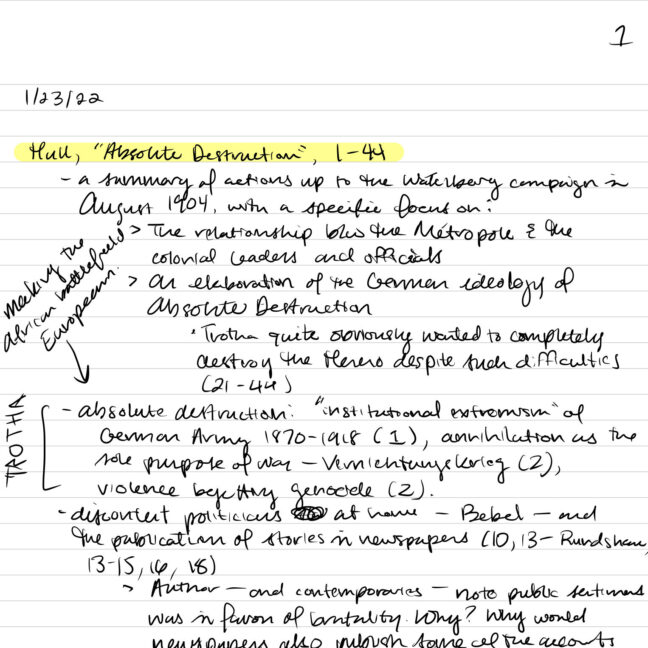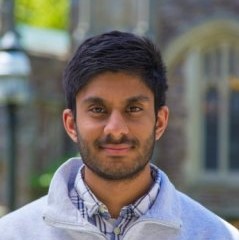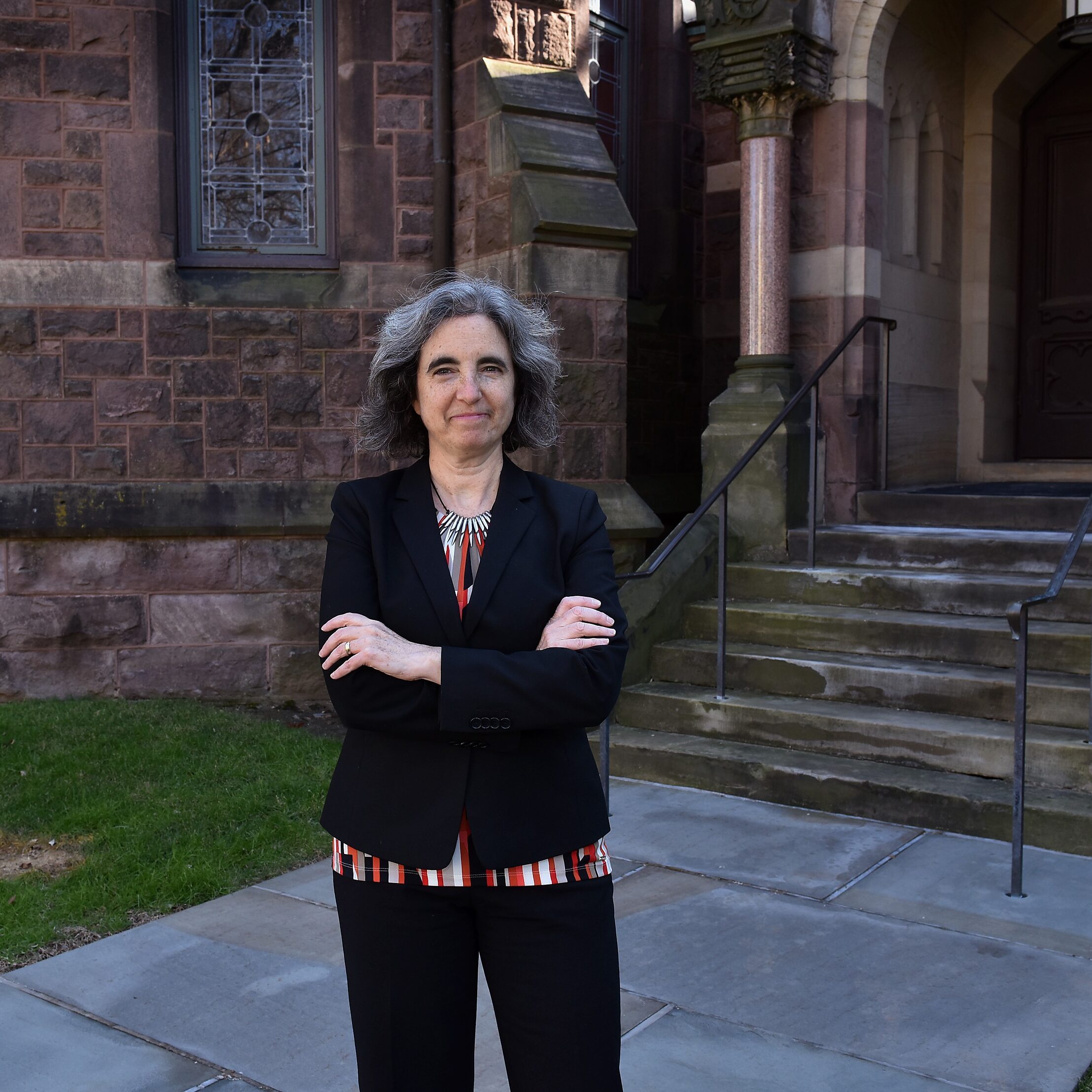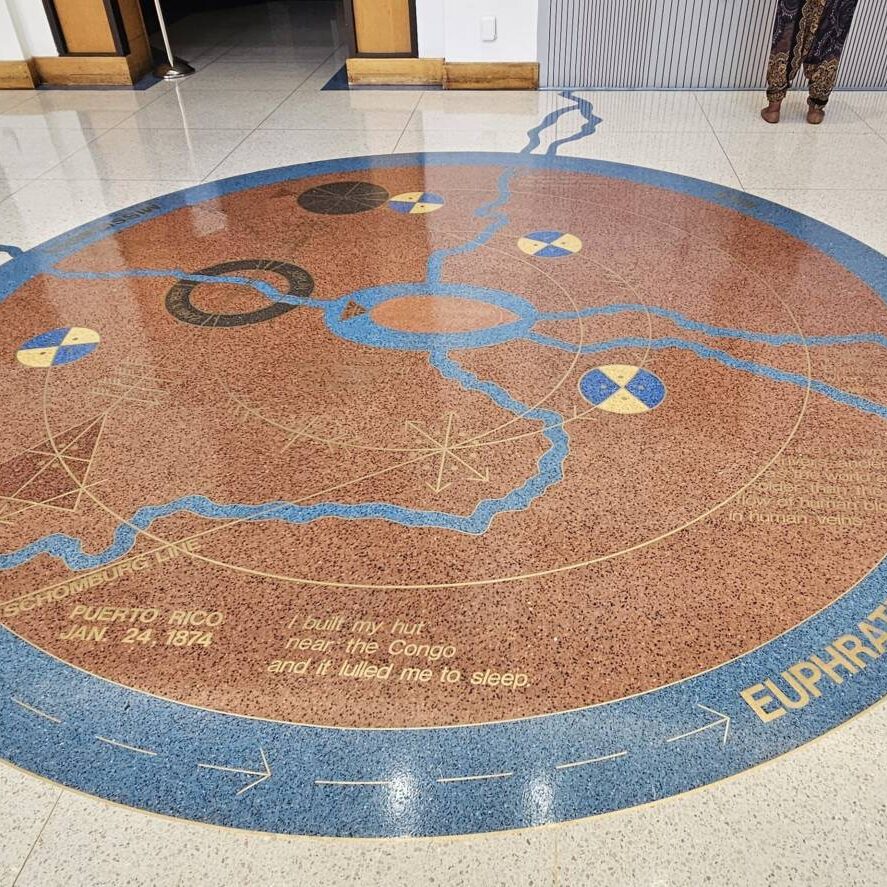
This summer, I had the opportunity to do a fellowship at the Schomburg Center for Research in Black Culture in Harlem. The Schomburg is one of the largest archives of Black History in the world, and as part of my fellowship, I got to use their collections to craft an independent research project. Coming into the program, I had a very specific idea of what I wanted to find in the collections. I had found a disagreement in the scholarly literature about the historical relationship between two church denominations. Some scholars argued that the two denominations were historically one, while others argued that they had always been separate organizations. In the Schomburg’s research catalogue, I saw that there was a collection of personal papers belonging to one of the denominations’ founders, which I saw as an opportunity to add a new perspective to this debate.
Continue reading Expect the Unexpected: Exploration in Archival Research

